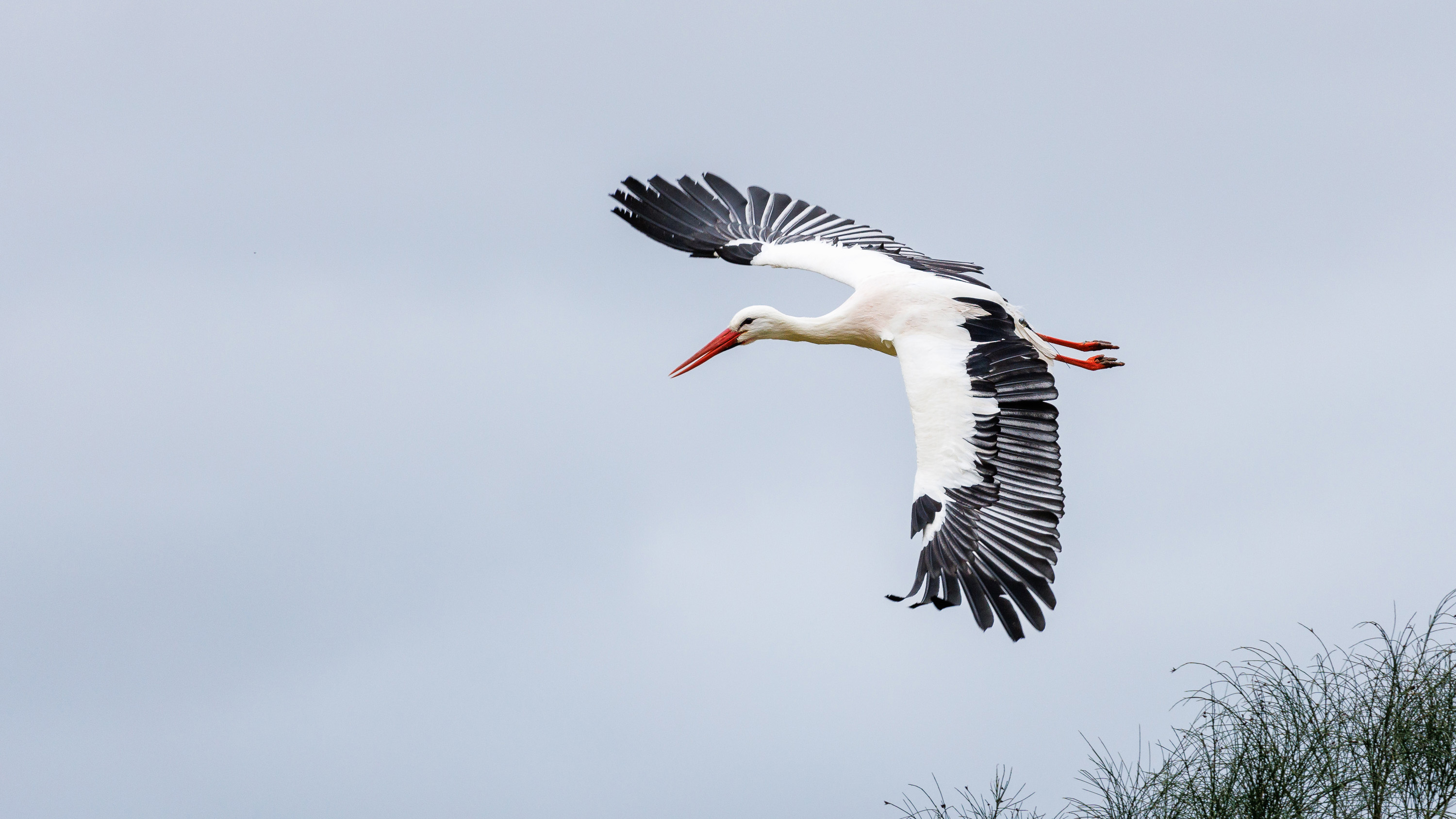
It’s been six years since Canon’s first full-frame mirrorless EOS R System camera arrived. With the launch of the EOS R and the new RF mount the writing was on the wall for the days of the DSLR. Now mirrorless is the only option that you should consider when choosing a new digital camera. While that initial EOS R drew heavily on DSLR parts (5D Mark IV), the EOS R5 and R6 were the first models featuring entirely mirrorless specific technology.
The current range of mirrorless cameras provide incredible features that make it possible for more photographers to capture the photos they want more consistently than ever before.
What limits photographers from getting the best from a mirrorless camera is their own reluctance to change the way they work. After more than 30 years of autofocus SLR and DSLR cameras, mirrorless significantly improves focus for many subjects, but you have to allow it to do so. Many portrait photographers with DSLRs used a single AF point, focused on the eye, locked the focus and recomposed. In combination with wide open apertures for minimal depth of field, the results were sometimes slightly unsharp.

Mirrorless face and eye detection means you can forget about aiming a single point at a subject, but let the camera find the eye in the frame for you. Switch to AI Servo AF to refine the focus right up to the point the shutter is pressed for consistently sharp shots, even at wide open apertures such as f/2.8 or f/1.8.

Brian is a freelance photographer and photo tutor, based in Oxfordshire. He has unrivaled EOS DSLR knowledge, after working for Canon for over 15 years, and is on hand to answer all the EOS and photographic queries in Canon-centric magazine PhotoPlus.
Selecting people as the subject to detect, enabling eye detection and using AI Servo AF frees the photographer to concentrate on composition. For some this is a leap of faith, but the results are well worth it, so stick with it!
Landscapes, architecture and still life photography is largely unchanged, though it is much easier to visualize depth of field with mirrorless, and focus manually thanks to the focus guide and peaking features. Using the EF-EOS R lens mount adapter ensures that older EF lenses will work as well as before, probably better thanks to subject detection and tracking. Upgrading to a mirrorless camera does not necessitate a complete change of your whole kit. There are some new advanced mirrorless features only work with RF lenses, but all the features that were part of a DSLR work using adapted lenses on the EOS R system.
Mirrorless is not just the future, it is the now. Your next camera upgrade will be much better for not having a mirror.
If this article was of interest you might also like to find out more about the best Canon cameras, along with the best Canon DSLR lenses or best Canon RF lenses for mirrorless bodies.







